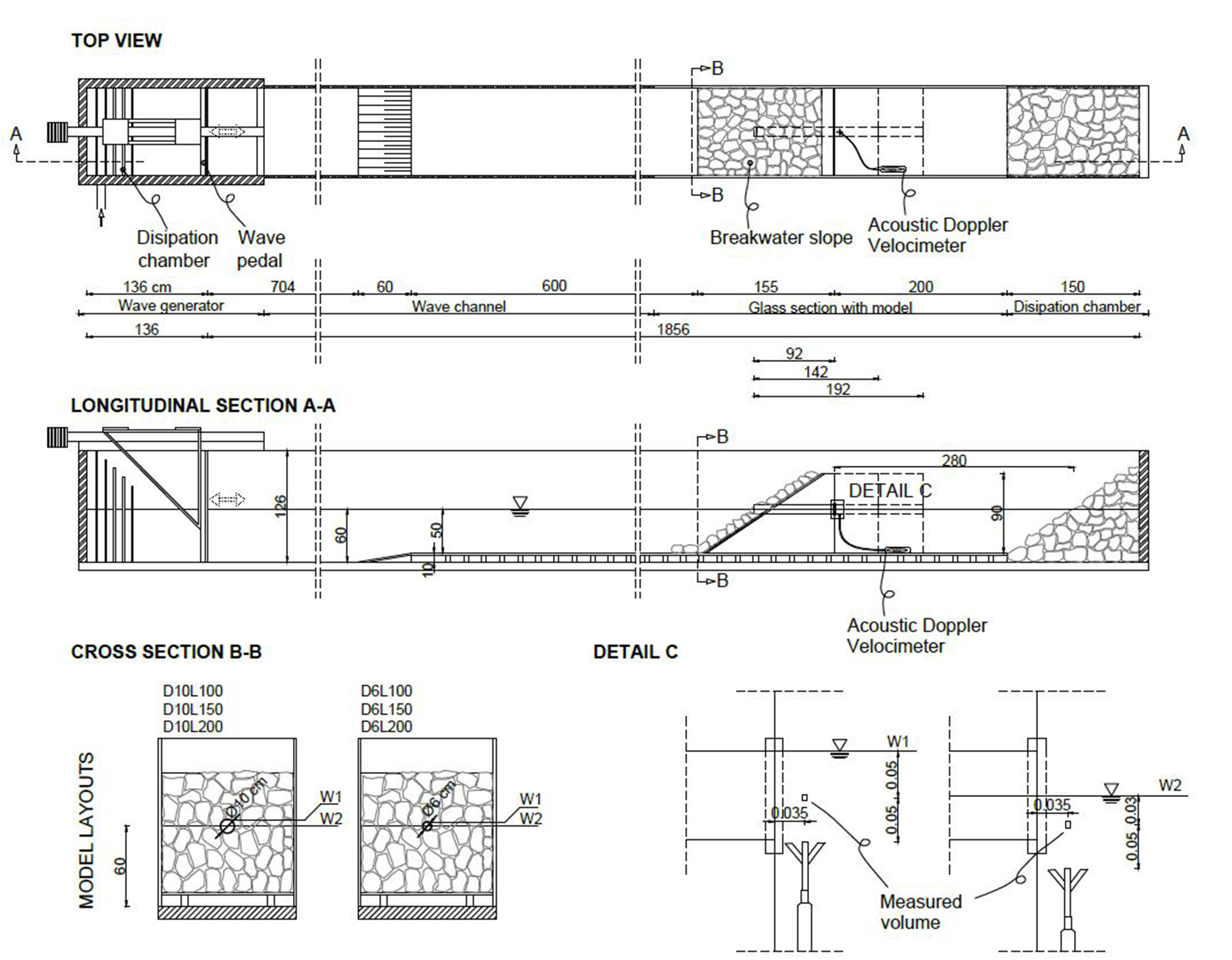Publications
Bartolić, I. et al. (2017) ‘Impact of Wind , Tidal Variations , Wave Field and Density Gradient on the Seawater Exchange Trough Flushing Culverts in Marinas’, Acta Hydrologica Slovaca, 18(2), pp. 271–281.
Bujak, D., Carević, D. and Mostečak, H. (2017) ‘Velocities inside flushing culverts induced by waves’, Proceedings of the Institution of Civil Engineers - Maritime Engineering, Ahead of P, pp. 1–10. doi: http://dx.doi.org/10.1680/jmaen.2017.15.
Bujak, D. et al. (2017) ‘Volumetric analysis of flow through flushing culverts embedded in breakwaters’, in 4th Coastal and Maritime Mediterranean Conference.
Bujak, D. et al. (2018) ‘Analysis of water exchange through the flushing culverts in marina Opatija’, Gradevinar, in press.
Carević, D. et al. (2017) ‘Measurements of water circulation in marina Opatija-Croatia’, in 15th International Symposium Water Management and Hydraulics Engineering.
Carević, D., Mostečak, H., Bujak, D., Lončar, G. (2018) ‘Influence of water level variations on wave transmission through flushing culverts positioned in breakwater body’, Journal of Waterway, Port, Coastal and Ocean Engineering, in press.
Lončar, G. et al. (2016) ‘The impact of culverts on the seawater exchange and wave action in marina waters’, Hrvatske Vode, 24(98).
Lončar, G. et al. (2017) ‘Analysis of the impact of winds, tide oscillations and density distribution on the sea exchange through culverts in the marinas as exemplified by the Ičići marina’, Hrvatske Vode, 25(101).










